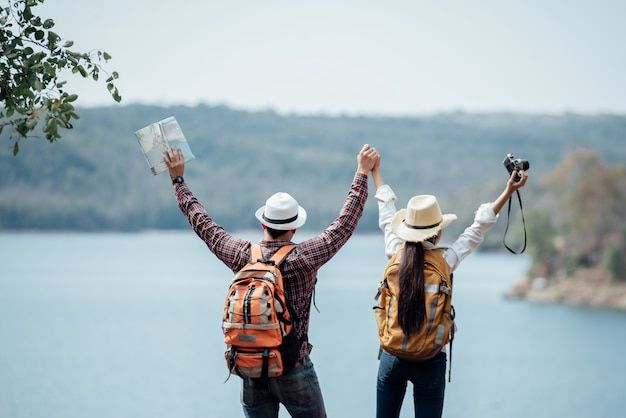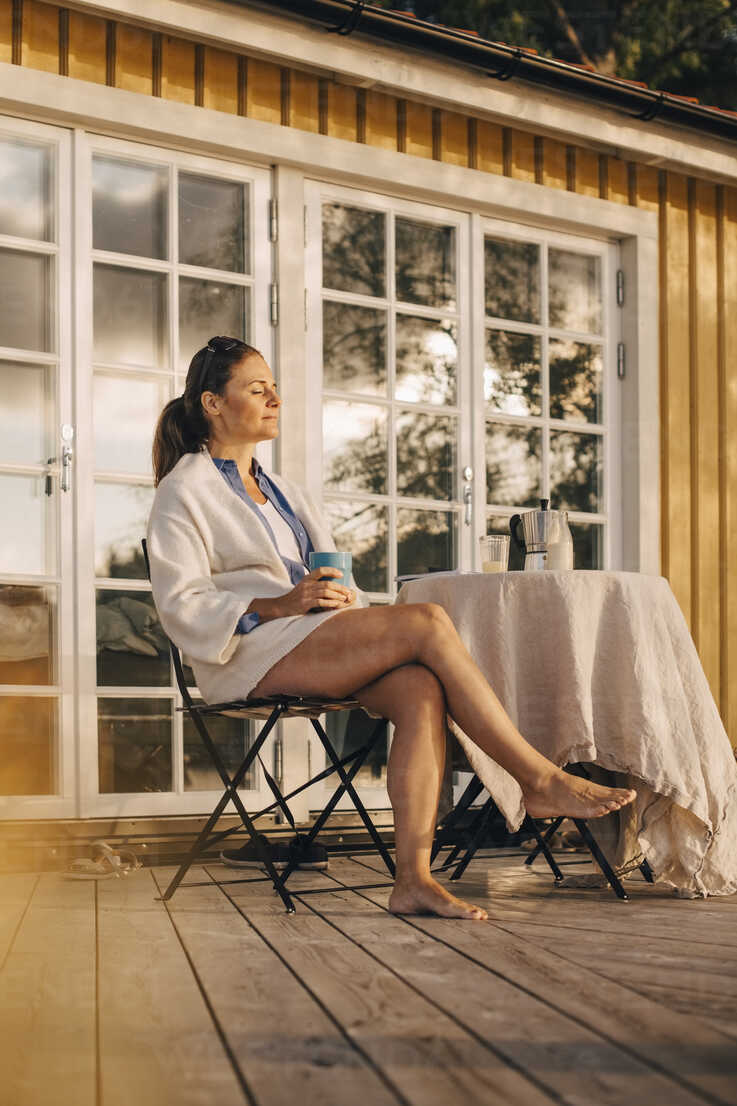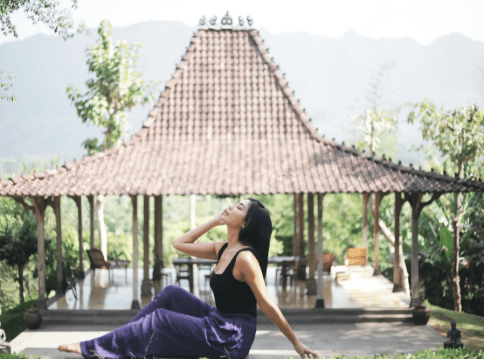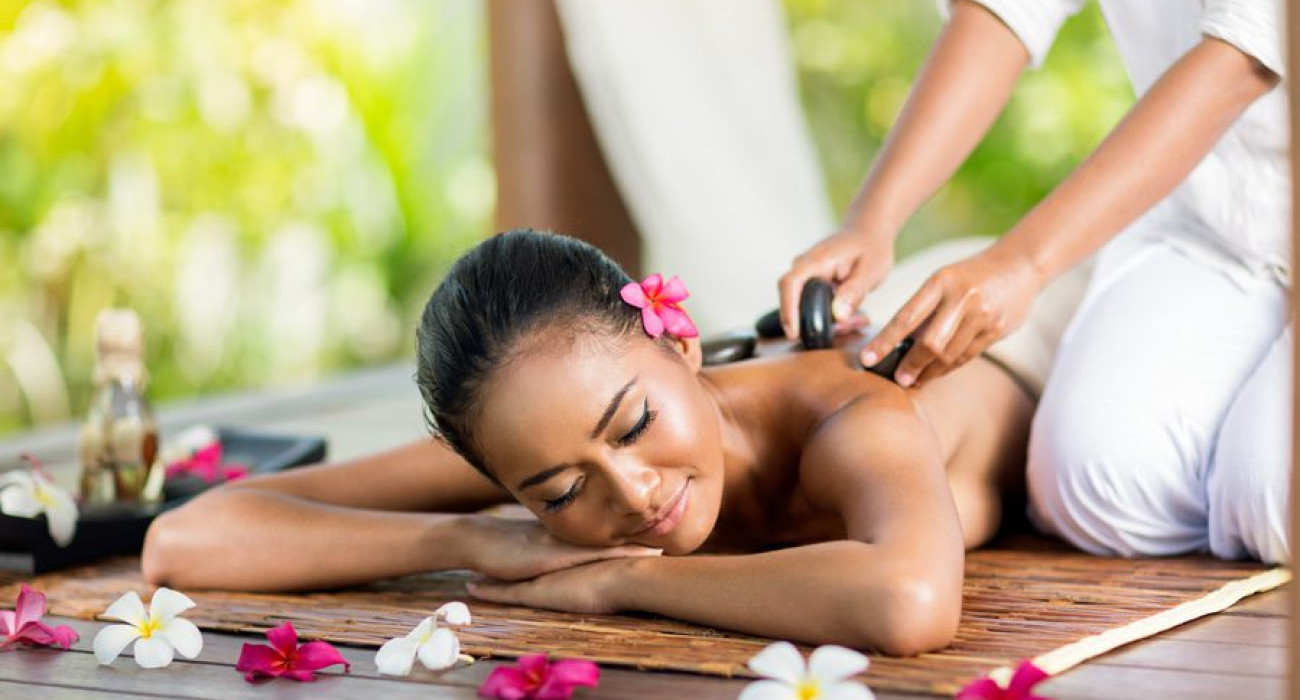For years, wellness travel was seen as a luxury or niche pursuit—reserved for yogis in Bali or those attending pricey spa retreats. But in today’s world, that view has dramatically changed. More travelers are now choosing trips that support physical, emotional, and spiritual well-being. In fact, wellness travel is now not just a trend—it’s becoming the new standard.
Here are five reasons why wellness travel is reshaping the way we explore the world—and why you should be part of it.
1. Post-Pandemic Priorities Have Shifted

After the global pandemic, health and well-being became top-of-mind. People are no longer just traveling to escape; they’re traveling to heal, reconnect, and recover. A study by the Global Wellness Institute found that the wellness tourism market is growing at twice the rate of general tourism, projecting it to reach $1.3 trillion by 2025.
Wellness travel experiences—such as digital detox retreats, nature immersion, and therapeutic spa getaways—are now seen as essential for restoring balance after years of stress and uncertainty.
2. Travelers Are Seeking More Meaningful Experiences
Today’s traveler doesn’t just want a vacation—they want a transformation. Whether it’s hiking the Swiss Alps, meditating in a jungle retreat in Costa Rica, or eating Ayurvedic cuisine in Kerala, the focus is on feeling better, not just seeing places.

According to Skift’s Wellness Tourism report, travelers are increasingly choosing destinations based on how they’ll support their mental health, reduce anxiety, or improve fitness. Wellness travel is about going somewhere that aligns with your internal compass—not just your bucket list.
3. Technology Has Made Wellness More Accessible
Thanks to wearables, wellness apps, and virtual coaching, people are arriving at their vacations with more knowledge about their bodies and mental health than ever before. This has raised expectations for travel experiences to support those personal wellness goals.

For instance, many hotels and vacation rentals are now offering in-room fitness equipment, meditation corners, and even circadian lighting systems to promote better sleep. Hilton’s Five Feet to Fitness rooms are just one example of how hospitality is integrating wellness directly into the guest experience.
As a result, wellness travel isn’t reserved for luxury resorts—it’s becoming part of mainstream accommodations too.
4. The Definition of Wellness Has Expanded
It’s no longer just about spa treatments or juice cleanses. Wellness today encompasses mental, emotional, environmental, and social well-being.

This has created space for all types of wellness travel experiences:
-
Ecotherapy like forest bathing or nature hikes (Shinrin-Yoku)
-
Culinary wellness, including farm-to-table cooking classes or anti-inflammatory diets
-
Creative expression through art, music, or writing retreats
-
Community connection via group retreats, wellness festivals, or volunteer travel
By broadening the scope of wellness, more people can find experiences that speak to their specific needs and goals.
5. The Next Generation Demands It
Millennials and Gen Z are prioritizing mental health, work-life balance, and sustainable living more than any generation before them. According to Booking.com, over 70% of Gen Z travelers say they are more likely to book a wellness-oriented vacation than a traditional one.

They want trips that help them unplug, recharge, and return to daily life with clarity and purpose. And they’re willing to pay for it. This shift in traveler mindset is pushing the travel industry to make wellness travel offerings more visible, inclusive, and affordable.
From boutique hotels and short-term rentals to entire resorts built around meditation and movement, the industry is adapting fast. Even Airbnb is now spotlighting wellness-focused experiences like nature walks, yoga sessions, and healthy cooking classes through their Airbnb Experiences platform.
What This Means for Hosts & Property Owners
If you’re in the vacation rental business or hospitality industry, now is the time to lean into this shift. Consider small but impactful additions like:
-
A welcome basket with herbal teas and essential oils
-
In-room yoga mats or light weights
-
Outdoor hammocks or fire pits for grounding evening rituals
-
Curated local guides that highlight wellness-focused restaurants, spas, and trails
These subtle touches cater to guests who prioritize wellness travel—and can help your listing stand out in a competitive market.
Final Thoughts
The days of purely indulgent travel are fading. Today, wellness travel is about purpose, presence, and positive impact. It’s no longer about running away from life—it’s about running toward something more aligned with who you are.
So whether you’re booking your next trip or building a guest experience, remember: wellness travel is no longer a niche—it’s the new standard.
External Resources to Explore:
